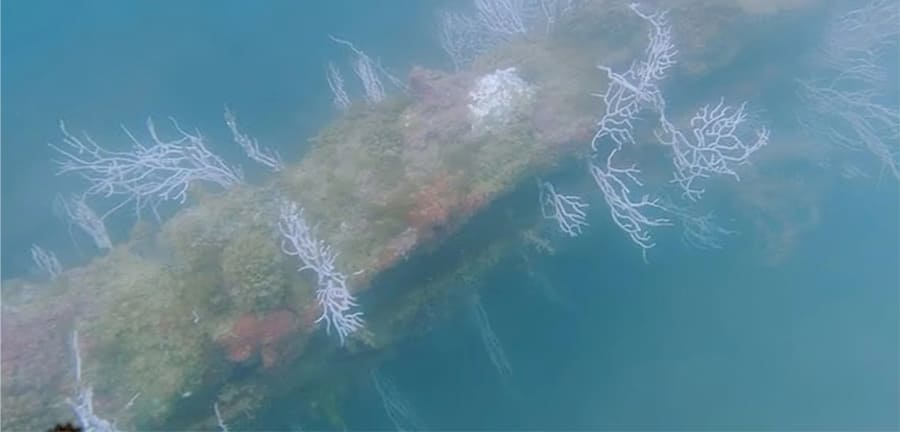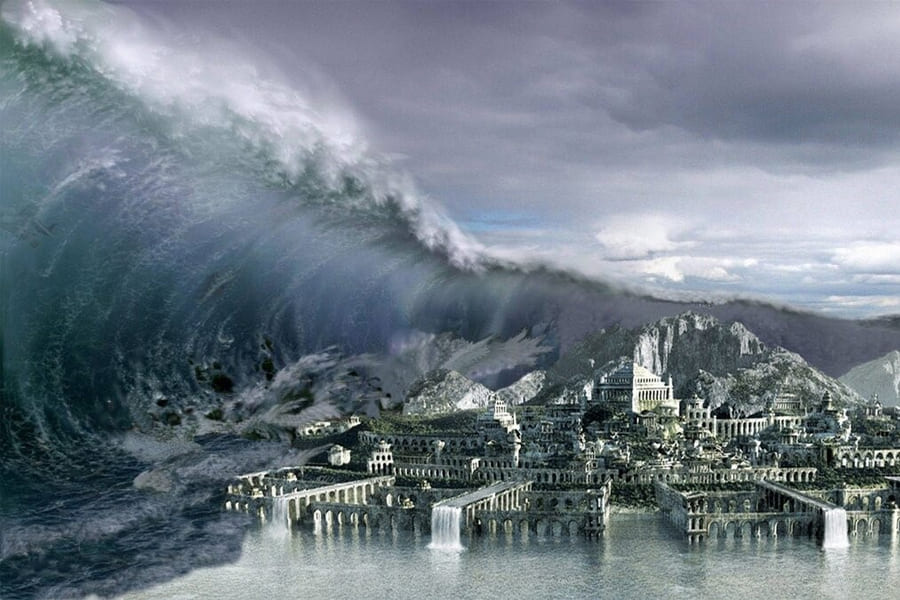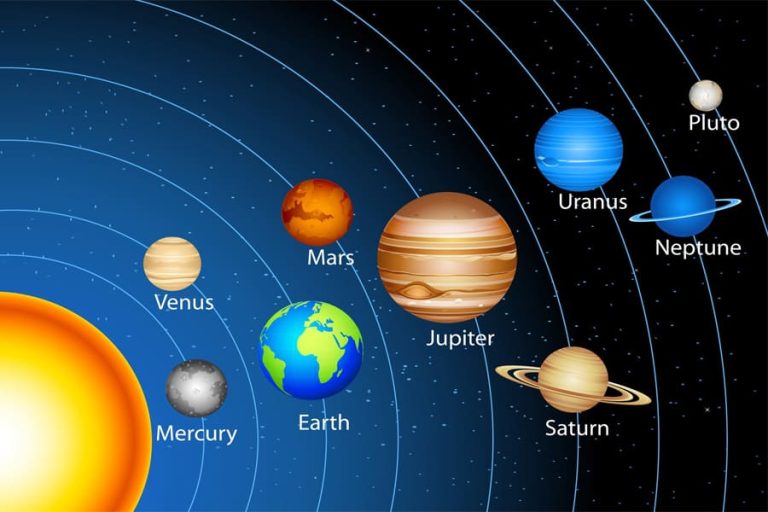Plato’s writings describe a civilization that built majestic temples and powerful harbor walls before being swallowed by the sea more than 11,000 years ago.
For decades, scientists from around the world have tried to find this lost city, and now it appears archaeologists have succeeded, reports the Daily Mail.
The Lost City of Atlantis Has Finally Been Found
Independent researcher Ben van Kerkwyk recently reported a new discovery off the coast of Spain – the team claims this site could very well be the mythical city. According to the researcher, if not all of Atlantis, then at least part of it has been discovered off the coast of Spain.
Kerwick also reported on Michael Donnellan, who made the discovery and is preparing a documentary film, “Atlantic,” which shows massive linear structures and enormous concentric ring walls dotting the seafloor.
Donnellan, an independent archaeologist, believes that Plato’s descriptions perfectly match the findings of scientists, including ruins, prehistoric settlements, and ancient mines in the Gades region, providing the strongest evidence of the existence of an Atlantean civilization.
According to researchers, underwater structures and sediment-covered areas have been discovered off the coast of Spain, indicating a sudden collapse. All of this matches Plato’s descriptions of climate, social structures, and ancient morphologies—in short, compelling evidence.

Evidence of Atlantis
Donnellan discovered submerged ruins along the coast around Cadiz, a city in Andalusia. In total, it took scientists eight years to explore the coast of Cadiz, using an advanced sonar system for high-precision mapping of the seafloor. As a result, they were able to create detailed 3D images of the underwater world.
During the study, the scientists used satellite imaging techniques and Merlin Burrows’ aerial photography to uncover hidden structures. Ultimately, they discovered something 100% man-made: long, linear structures carved into the ocean floor, consisting of a series of enormous concentric walls, each over 6 meters high.
The researchers discovered that the outer wall suffered the most severe damage, as if it had been hit by a powerful tsunami or similar event. At the same time, two other walls were completely displaced, and scans showed that they had split in two. It is believed that these events occurred approximately 12,000 years ago and destroyed an advanced civilization.
Between the walls were intricate canals, and in the center were rectangular ruins, which, according to Donnellan, echo Plato’s description of the Temple of Poseidon, forming what he believes to be the capital of Atlantis.
It’s worth noting that the controversial Younger Dryas Impact Hypothesis (YDIH) proposes that Earth passed through the debris of a disintegrating comet. The impacts and shock waves destabilized massive ice sheets, causing a massive flood that disrupted important ocean currents and triggered a rapid cooling of the climate. However, this theory has not gained widespread acceptance among traditional scholars.




